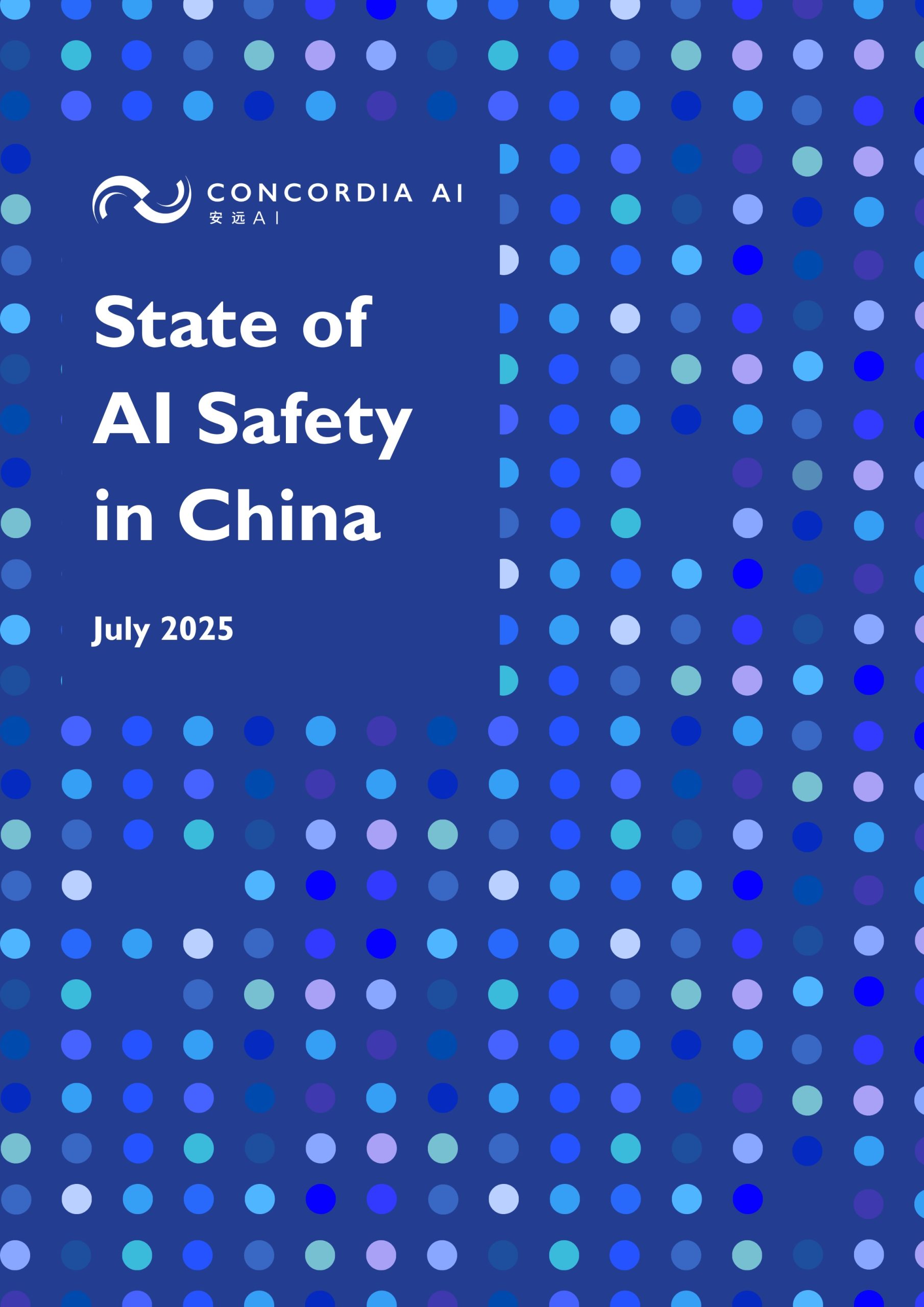We are pleased to release the State of AI Safety in China (2025) report. This annual report (first published in 2023 and updated in 2024) has become a go-to source for policymakers, researchers, and industry leaders seeking a clear-eyed view of China’s evolving AI safety and governance landscape. We have provided briefings based on the report’s insights to over a dozen organizations.
As AI capabilities and governance challenges continue to grow—and Chinese models close their gap with the leading edge—understanding China’s role in AI safety and governance is more critical than ever.
The 2025 edition covers updates from May 2024 to June 2025. Key findings include:
- President Xi Jinping called AI risks “unprecedented,” while another top official warned that AI without safety is “like driving on a highway without brakes”;
- AI safety is now treated as a national security and public safety issue: several high-level meetings addressed the topic, and China’s National Emergency Response Plan now lists AI risks alongside epidemics, cyberattacks, and financial anomalies;
- China issued as many national AI standards in the first half of 2025 as in the previous 3 years combined;
- China positions itself as AI capacity-building leader in Global South through UN resolution backed by 140+ countries;
- New bilateral AI dialogues launched with key partners including the UK, while the US-China AI dialogue has stalled since May 2024;
- Chinese frontier AI safety research output more than doubled vs previous year;
- Expert discourse in China is placing greater emphasis on AI safety and governance, publishing increasingly in-depth analyses of AI risks in biosecurity and cybersecurity, and on open-source AI;
- Leading Chinese AI companies signed voluntary “Safety Commitments” covering red teaming, transparency, and safety research;
- A first-of-its-kind systematic analysis of safety content in technical model cards of leading Chinese foundation model developers shows that many use standard safety practices, but few provide detailed transparency on safety evaluations.

